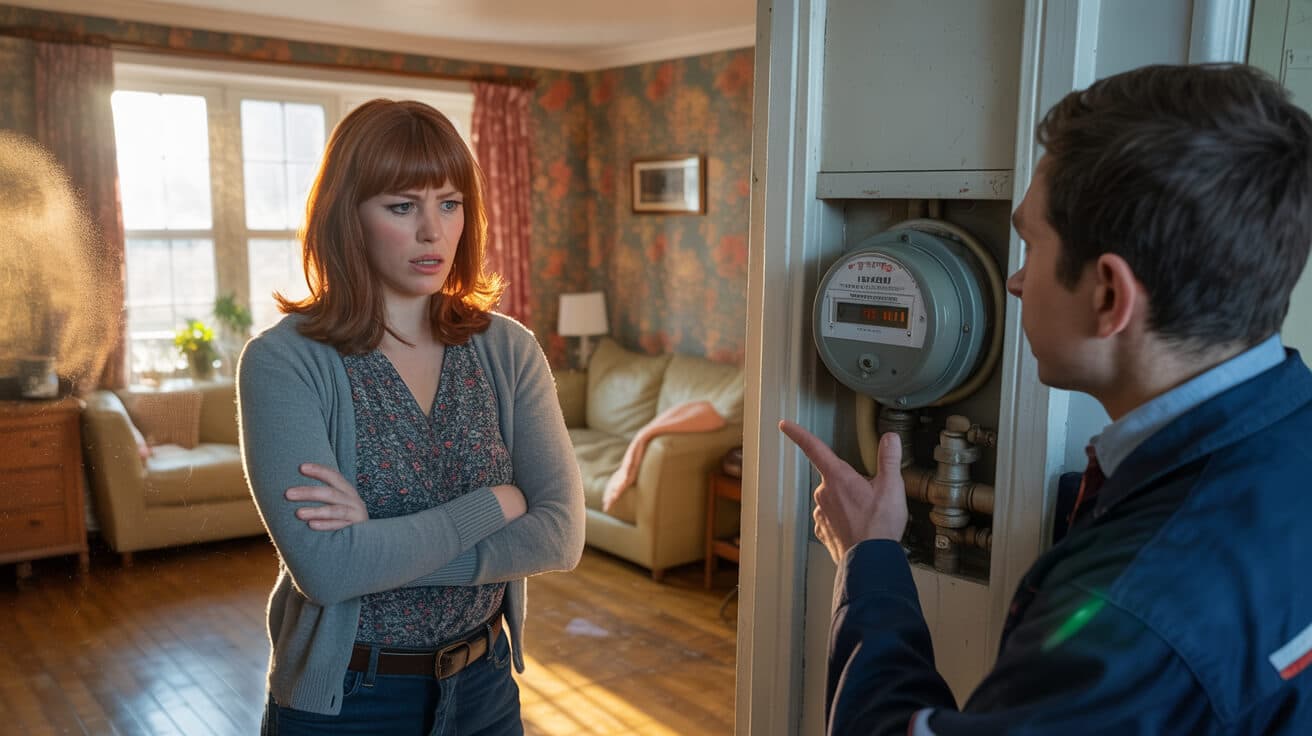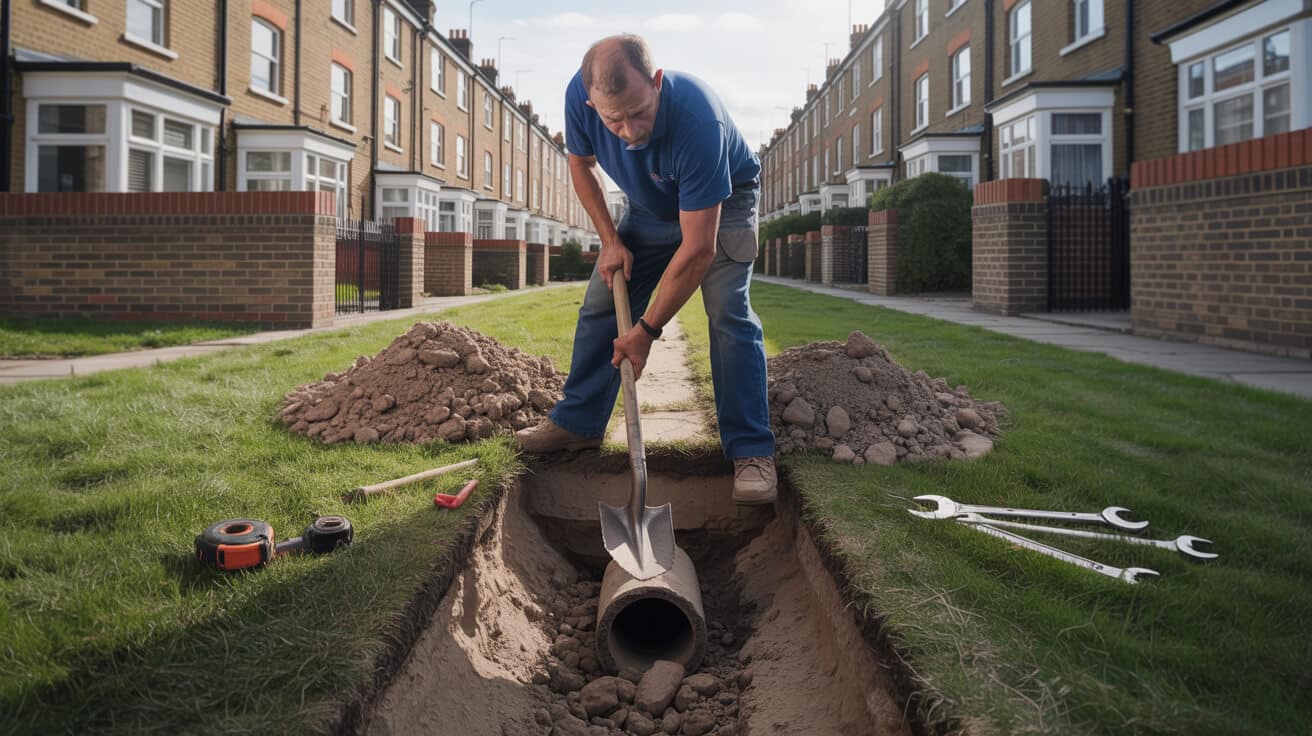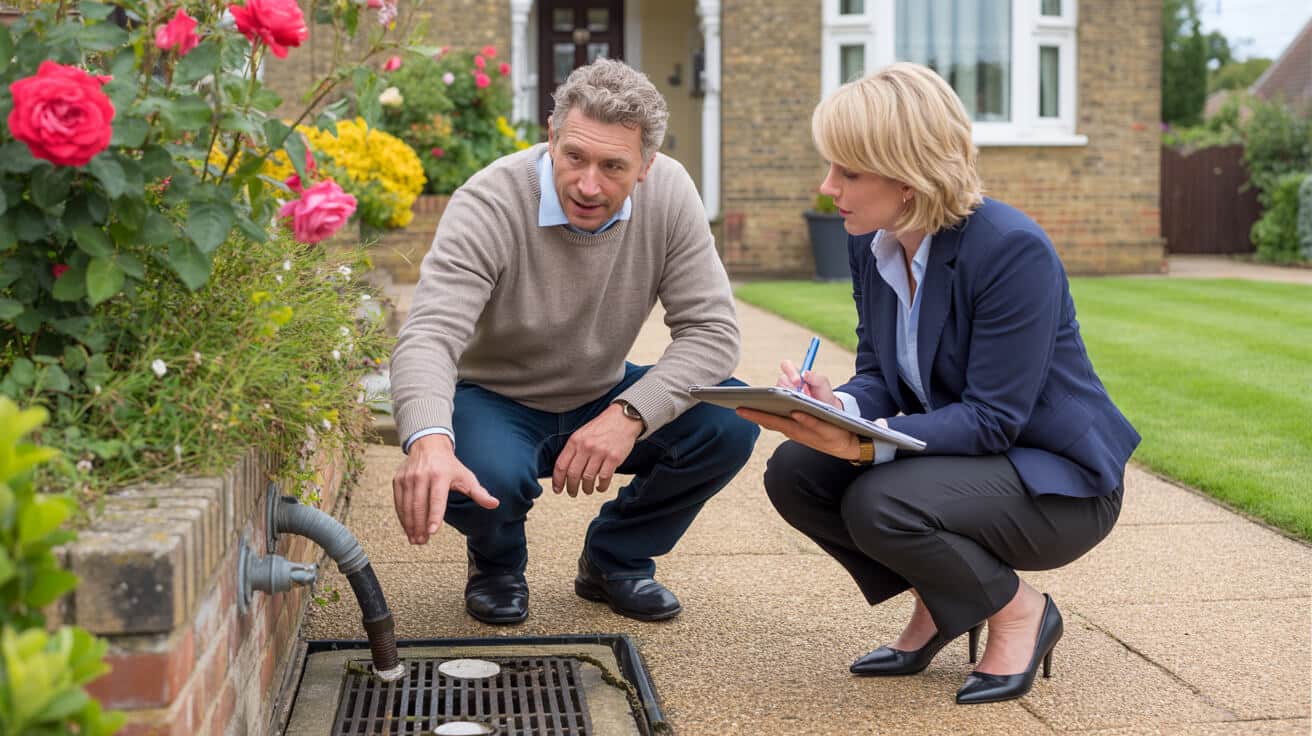 The Uk Homeowner’s Guide to Basic Plumbing Tools
The Uk Homeowner’s Guide to Basic Plumbing Tools
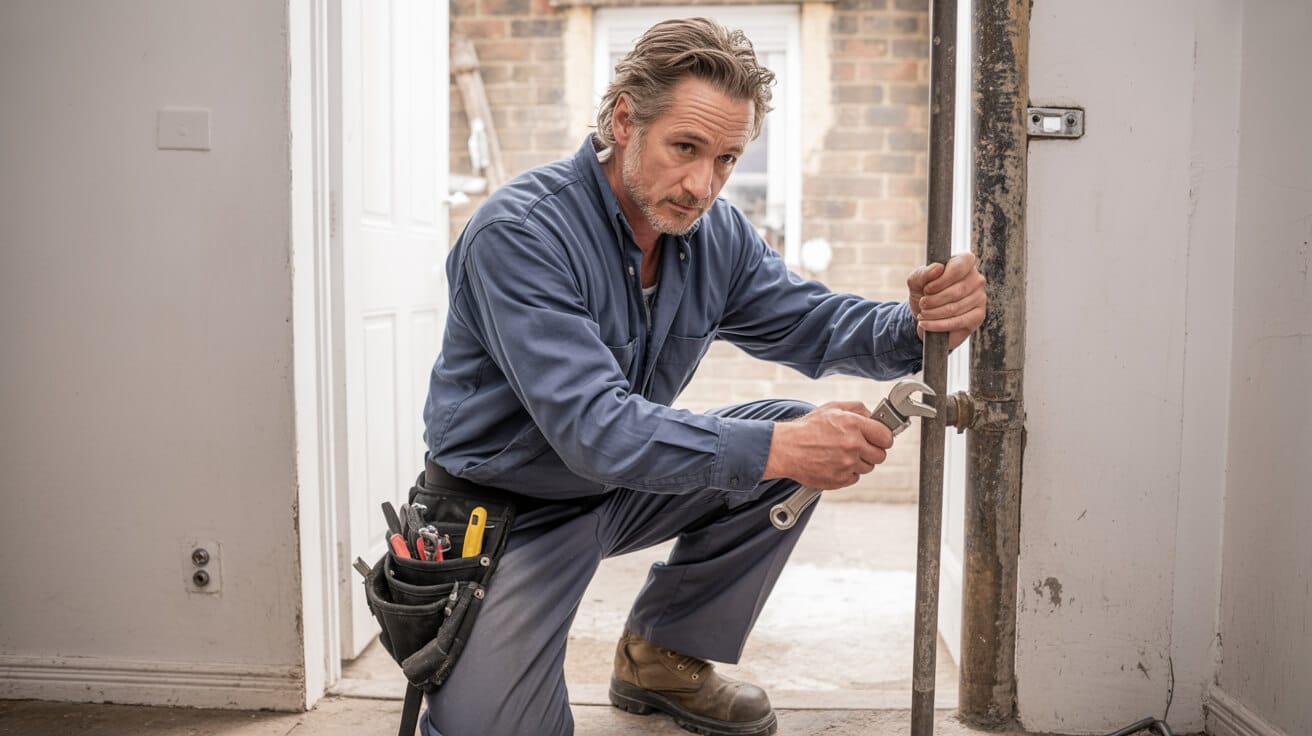
Why Do Your Plumbing Tools—and WRAS Approval—Matter So Much for Every UK Property?
When you own or manage a building in Britain, plumbing equipment isn’t just a box of spanners and pipe cutters—it’s the foundation of your water safety, system lifespan, and peace of mind. The right tools, matched to WRAS (Water Regulations Advisory Scheme) standards, make all the difference between a routine fix and a costly, even legally risky, mistake down the line. Every time you tighten a valve or replace a washer, you’re choosing whether your system will quietly support your asset—or become the source of stress, future legal disputes, and insurance headaches.
*You can’t make do and mend compliance—the details are how you prove your property is safe, reliable, and worth more tomorrow than it was yesterday.*
What’s at stake if your toolkit is lacking? Non-compliant or poorly chosen tools (including budget PTFE tape or imported wrenches) can introduce health hazards and fail at the worst time. Insurers and surveyors increasingly want audit trails showing you’ve used WRAS-approved equipment. Even if you’re focused on a quick fix, that overlooked non-compliant part can derail a house sale, invalidate warranties, or create a contamination risk you won’t see until a water test or an official inspection.
Smart choices in your toolkit are a signal: you’re protecting your asset, legal standing, and the well-being of everyone relying on your water. Plumbers 4U makes this easy, setting the standard for WRAS, Part G, and Building Regs compliance from the first tool lifted to the last check signed off. You’re not buying tools—you’re buying safety, and future-proofing your paperwork.
WRAS-Compliance: Your Legal and Practical Shield
- WRAS-approved kits mean fewer headaches.: They are accepted by insurers, regulatory bodies, and trades—no argument, no hold-ups.
- British-sized tools prevent disaster.: UK pipework and fittings require precise metric tools, not “one-size” global kits.
- Documentation isn’t a red tape chore—it’s your shortcut past costly delays and disputes.: Every good plumber, and every sharp homeowner, keeps records and receipts for proof.
Whatever the size or age of your property, building a WRAS-compliant toolkit is the low-stress path to safe, hygienic, audit-friendly plumbing—no matter who’s watching, or when.
Which Plumbing Jobs Are Safe and Legal for DIY in a UK Home—And Where Must You Stop?
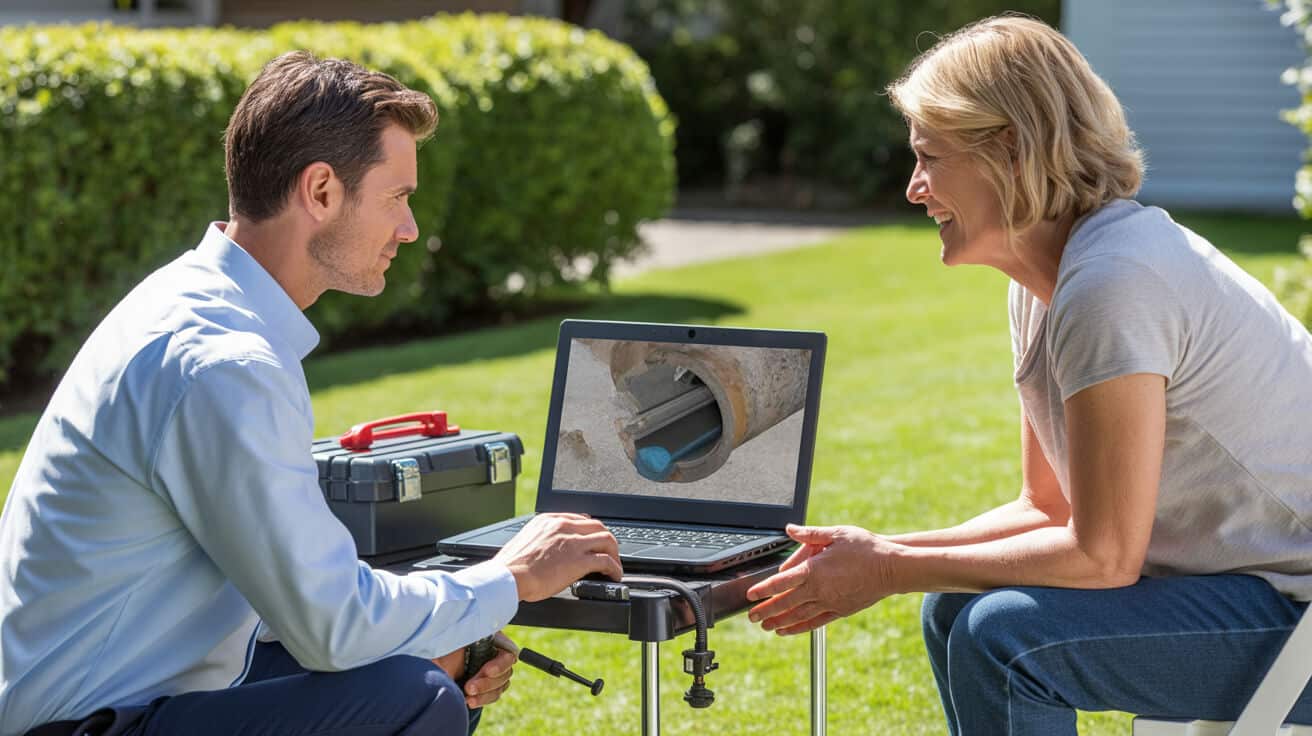
The urge to fix things yourself is natural. The law even protects your right to sort minor plumbing jobs in your own property—but only up to a firm limit. In the UK, that boundary exists to keep you from accidentally endangering water hygiene, people’s safety, or the future value of your home.
*Knowing where to stop is as smart as knowing where to start. The bravest DIY move is calling an expert when things get risky.*
What plumbing jobs are you allowed to do yourself?
- Change a tap washer/cartridge.: Turn off the water at the stopcock, stick to WRAS-certified spares, and follow instructions.
- Unblock simple waste traps: (U-bends, bottle traps) by hand. Never meddle with soil stacks, main drains, or run pipes beyond visible, accessible fixings.
- Replace shower hoses and heads: —but only if they screw on and don’t alter pipework supplying mains or hot water safety devices.
- Tighten visible compression joints: —avoiding any that are buried or connected to communal supplies.
Strict “No-Go” Zones for DIY:
- No gas, no electrics, no hot water cylinder changes.: Anything remotely tied to heating, unvented storage, or power supplies must be handled by the certified (Gas Safe, Part P, G3).
- Never alter the main supply, soil stack, or shared risers.: These works must be signed off for compliance and legal safety.
- No DIY on flats’ or buildings’ communal plumbing.: One wrong turn affects everyone, and only approved contractors with documentation can touch these systems.
Cross the line and you risk invalidating home insurance, failing a future survey, or creating long-lasting issues that only show up at the worst moment. More property deals are delayed by unclear DIY plumbing than you’d think.
A final step: Take photos, note which WRAS-approved parts you used, and keep any manuals. Plumbers 4U does this as a rule—so should you, especially if you may sell, let, or refinance down the line.
What Belongs in Your Plumbing Toolkit to Make Every Home Safer—And Your Repairs Stand Up in Court?

The difference between a routine fix and a lasting, dispute-proof repair often comes down to the quality (and compliance) of what’s in your toolbox. You don’t need fifty gadgets or a fancy branded kit—just the right, UK-approved tools.
| Essential Tool | Why It Matters |
|---|---|
| Plunger | Quick resolution for local blockages—first line of defence |
| Adjustable Wrench | Tightens nuts and valves to the correct torque—avoids leaks |
| Basin Wrench | Reaches awkward nuts behind sinks without damaging pipework |
| Pipe Cutter (Metric) | Ensures smooth, correct cuts in UK copper or plastic pipes |
| WRAS-Approved PTFE | Safe seal on potable water connections; keeps inspectors happy |
| Plumber’s Pliers | Confirms hand-tight, safe finish on nuts and compression rings |
*A sharp toolkit prevents panic later. The best fix is the one you never have to redo.*
Pitfalls smart owners dodge:
- Avoid “universal” or imported tools.: UK sizes and WRAS-approved markings are non-negotiable for legal, future-proof fixes.
- Never use black-market or off-brand PTFE.: Proper tape is WRAS-marked and designed for water, not gas or high-pressure use.
- Pipe cutters must be sized to the system.: A poor cut means a slow leak you won’t find until it damages your cabinet or walls.
Keep before-and-after photos. Save receipts for every part. If your property ever faces a claim or a buyer’s solicitor, these small records turn headaches into open doors—and set you up as the smart operator every insurer and agent trusts.
How Should Each Tool Be Used for Maximum Safety—And What Are the Rookie Traps?
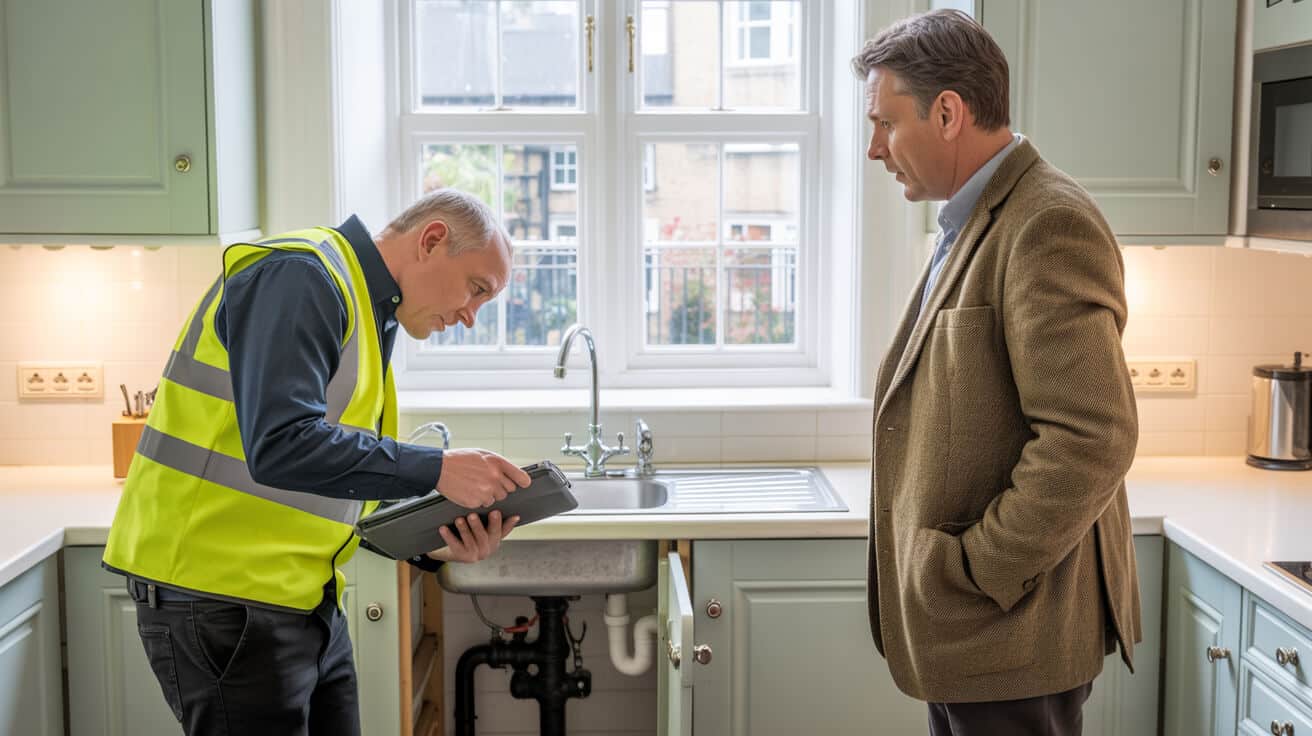
Even the best tools will let you down if you cut corners or skip the right steps. Mishaps that cost thousands often start with a simple shortcut: over-tightening, incorrect cuts, or the wrong tape on the wrong thread.
Pipe Cutters: Make the Cut Once—Never Twice
- Match the pipe diameter. Rotate fully; don’t squeeze too hard.
- Always de-burr (clean up the edge)—WRAS rules are clear. A smooth, even edge equals a safe joint.
- Don’t keep cutting and “trimming”—one clean pass is always better.
Basin Wrenches: Control—Never Muscle
- Seat the jaws with care, rotate gently. Force cracks ceramic or brasswork—never wins an argument with a hidden nut.
- If it doesn’t move easily, check for corrosion before pushing harder.
PTFE Tape: It’s Science, Not Spirit
- Four to seven clockwise turns—never anti-clockwise. Use only on male threads, only on approved connections.
- Too much or too little tape either causes a block or a leak.
Plumber’s Pliers and Adjustable Wrenches: Respect the Material
- Hand-tight plus a quarter turn. That’s it. Overtightening splits plastic and distorts brass.
- Never “double up” with a second tool for more force. That’s how fittings fail under pressure.
*Plumbing is about accuracy—never aggression. Fixes that last are done just tight enough.*
All water-contact tools in the UK must be WRAS approved. Anything less is an open invitation to water contamination and insurance headaches. If in doubt, call a pro or at least ask—Plumbers 4U explains what’s safe and what’s a risk, every day.
Which DIY Tasks Can You Tackle Confidently—And How Do You Know You’re Still Legal?

A little know-how, a right-sized WRAS-approved toolkit, and the humility to stick to the rules are all it takes to solve everyday issues and keep your records squeaky clean for the next audit or house move.
Jobs you can safely and legally attempt:
- Tap washer or cartridge change.: Follow the instructions, isolate first, test before restoring supply.
- Shower hose/head update.: Unscrew and fit, hand finish only.
- Trap unblocking under basins/sinks.: Remove, clean, re-tighten—never force, never reuse split seals.
- Float/flush adjustment in WC cisterns.: Stick to instructions, don’t improvise.
- Tighten visible, accessible joints.: Never crawl into a wall or floor chase—if you cannot see it, don’t touch it.
*If you cannot articulate the regulation that covers your repair, take a photo, stop and call your plumber before proceeding.*
Always document your work with step-by-step photos, and keep receipts for all parts and instructions. For landlords and letting agents, this is your lifeline if you need to prove compliance, and saves arguments with insurance or building control. Nothing builds trust with new buyers or tenants like a file full of “proof it was done right.”
When in doubt, even a 60-second WhatsApp photo sent for remote diagnosis can save days—and costs. Plumbers 4U offers this kind of guidance as standard.
Which Jobs Are Only for Certified Plumbers—And Why Is That Line Drawn So Firmly?
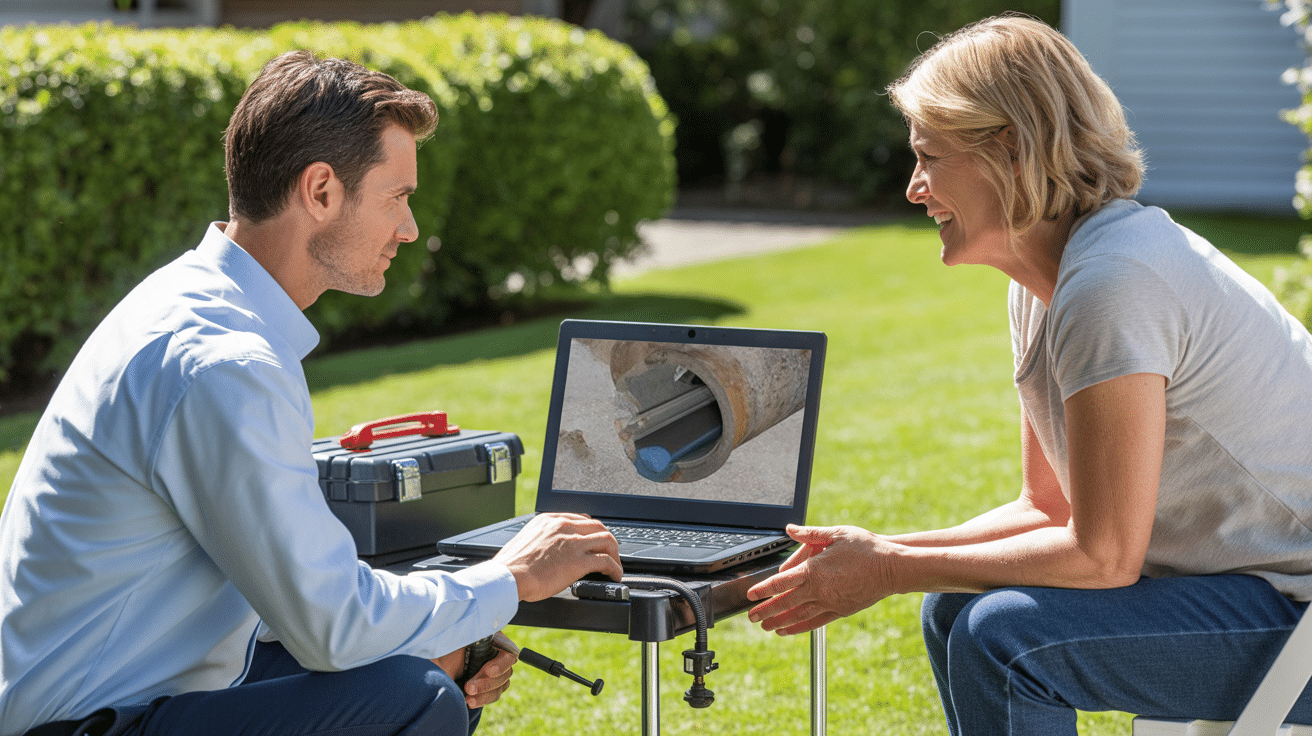
Some plumbing jobs are red-flagged for DIY for a reason: do them without the legal credentials and you risk personal danger, asset damage, and criminal or civil liability.
- Any gas appliance or supply work.: Only Gas Safe-registered engineers are legal or safe.
- Unvented hot water cylinder servicing or installation.: G3-certified only—mistakes can lead to fatal system failures.
- Boiler instals, radiator repositioning, or pressure system upgrades.: All these impact the overall system compliance—wrong work here causes building-wide trouble.
- Any wiring tied to plumbing or heating.: Part P-certified personnel only. DIY electrics = legal trouble, insurance problems, hazard to life.
- Anything affecting communal or riser-based supplies.: Whether in a flat, maisonette, commercial unit, or HMO, these need official documentation, post-inspection proof, and certified work.
*Qualifications aren’t paperwork—they’re lifelines for your asset and your peace of mind.*
At Plumbers 4U, our team brings WRAS, WaterSafe, G3, and Gas Safe accreditation to every complex or high-stakes job, and proves it with full logs and handover notes. When it’s time to sell, let, or show compliance, every document is ready, verified, and built to last.
What Are the Smartest Ways to Dodge the Most Common—and Costly—Plumbing Mistakes?
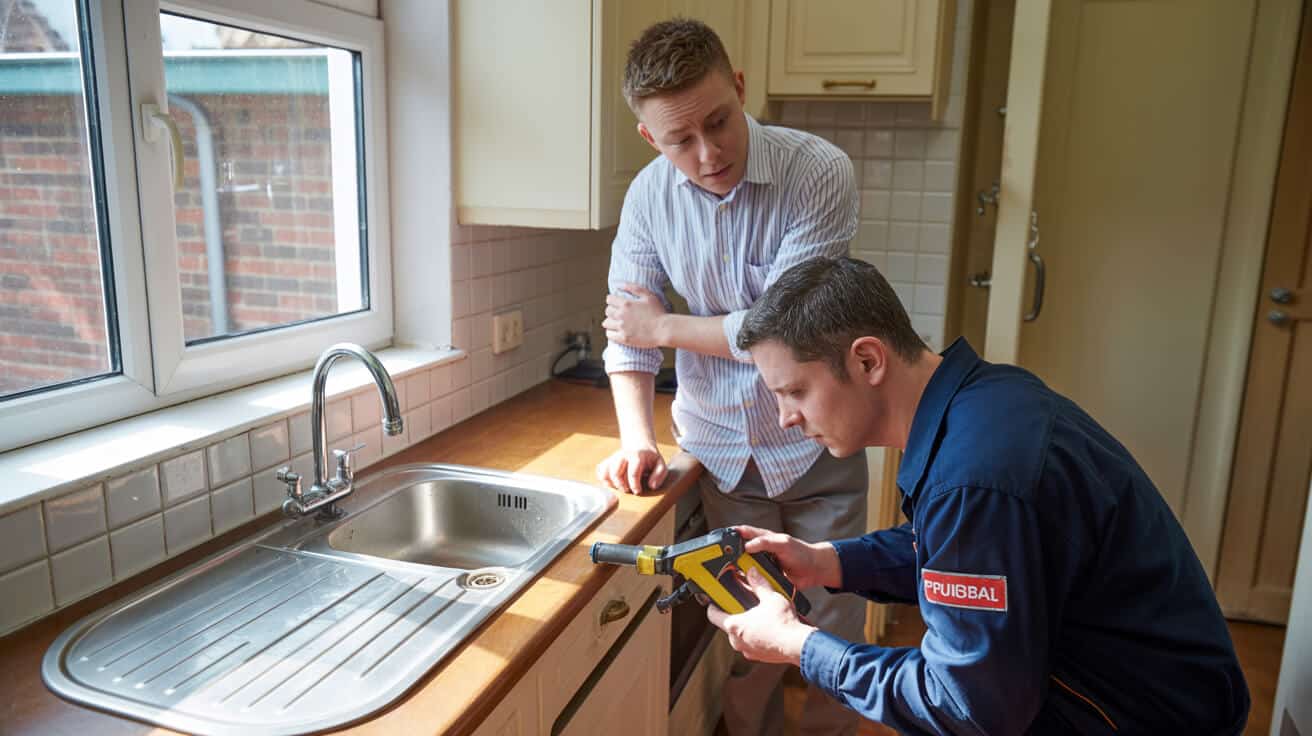
Many of the plumbing disasters that hit homeowners and managers come from one place: skipping a simple safety step, using the wrong material, or going “off-script” with a DIY hack.
Avoidable blunders to steer clear of:
- Mishandling PTFE tape.: Use the right grade, only on the right joints, wrap the correct way, and never overdo it.
- Overtightening fittings.: Beyond hand-tight plus a quarter-turn is how otherwise perfect parts get ruined and start leaking months later.
- Failing to isolate or drain down.: A single missed valve costs an insurance excess and weeks of repairs.
- Skipping full-flow, paper-towel leak checks.: Always test at low pressure before restoring normal use.
- Using non-compliant or imported materials.: Insurers and surveyors are increasingly inspecting receipts and compliance claims—don’t get caught by a rejected claim.
*Proof trumps intention every time. Photo logs and receipts tell the storey when memories fail.*
Professional engineers—like those at Plumbers 4U—document every move, label every fix, and supply paperwork that clears surveys and audits with ease. Do the same, even for your DIY repairs, and you sidestep arguments at the worst moments.
What Distinguishes Plumbers 4U’s Service—and Why Should You Trust Us with Your Asset?
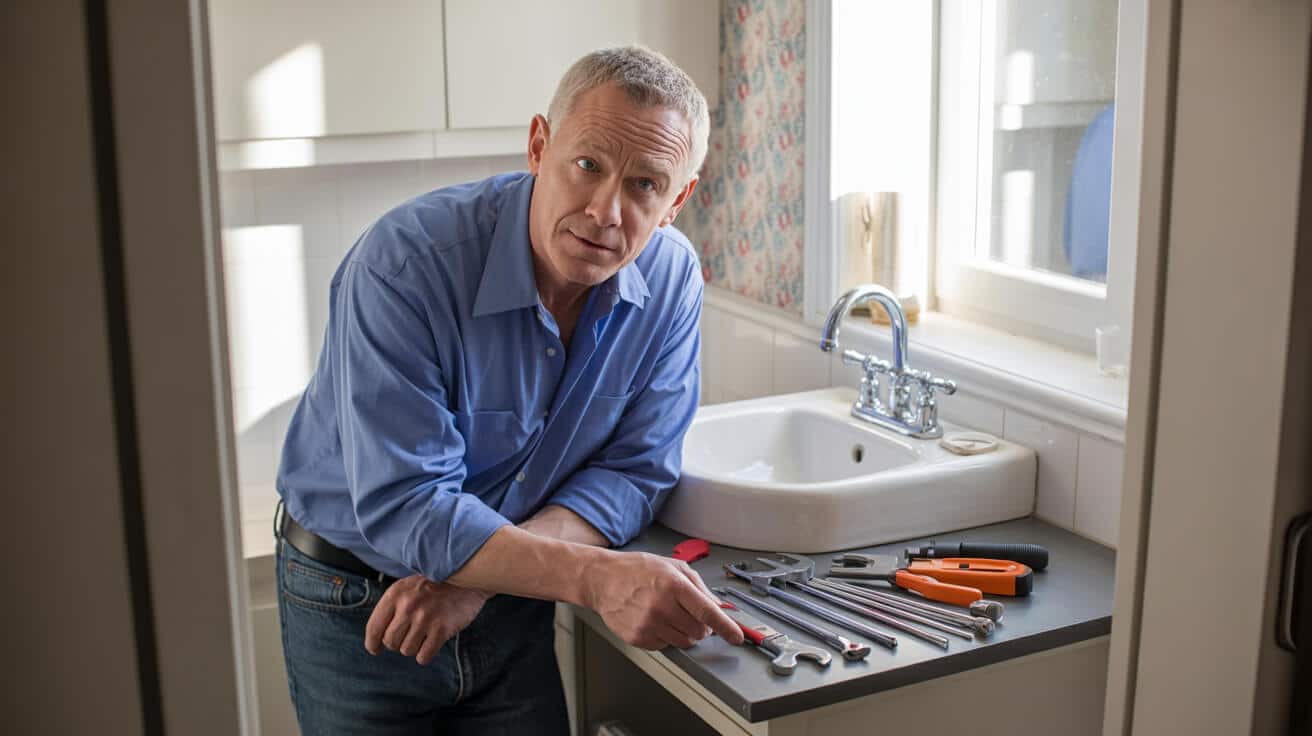
It’s easy to underplay the real value of compliance, documentation, and service quality until an audit, insurance claim, or buyer steps in. The smart move isn’t “wait and hope,” it’s “invest early for peace of mind.”
Here’s what you get by choosing Plumbers 4U:
- Clarity not confusion: We explain what you’re getting, why, and at what price—no “mystery extras” or surprise upsells.
- Documentation at every stage: Photos, certificates, advice notes—issued every time, for every job.
- Fully accredited engineers: WRAS, WaterSafe, G3, Gas Safe—always in-date, always confirmable.
- Paperwork that unlocks future sales, lettings, and insurance access.:
- Aftercare that doesn’t end with payment: Updates on system controls, reminders for services, and real advice—not just a handout.
*Preventing regret later is worth more than chasing a discount today. Our job isn’t just to fix your system—it’s to guard your future options.*
Landlords, letting agents, and anyone involved in asset management: This is how you protect value and reputation at every turn.
When to Call Plumbers 4U—and What We Deliver Every Single Time
You may never know exactly when a “little leak” will turn into the next insurance nightmare—or when the surveyor will want to see a log of fixes, receipts, or compliance for a mortgage or property handover. What matters is having access to the right expertise, at the right time, with records and care built in.
Plumbers 4U is ready to:
- Handle urgent leaks, blockages, and “not sure what’s safe” moments.
- Upgrade, refurbish, or audit your system so your future plans aren’t held up by a missing certificate or lack of photo proof.
- Provide WRAS-safe, code-compliant, and fully logged repairs—consistently.
*Nothing increases property value and personal calm like knowing a true professional has your system—and your paperwork—fully sorted.*
Don’t gamble with compliance, insurance, or long-term cost. Reach out to Plumbers 4U today and set a standard that lasts. Your future self—asset sheets, board, and family included—will thank you.
🚰
Frequently Asked Questions
What overlooked tools empower UK homeowners and pros to achieve flawless WRAS compliance?
The devices that quietly separate an amateur patch from a WRAS-worthy, audit-proof repair aren’t flashy—they’re subtle upgrades chosen by engineers who understand both British standards and real-world reliability. For UK compliance, plenty of homeowners rely on “just enough”—pliers, adjustable wrench, bit of PTFE—yet it’s the tools built around details that earn passes in insurance audits, property sales, and landlord tenancy checks.
A deburring tool, for instance, transforms a jagged pipe cut into a smooth edge that won’t shred push-fit seals or leave compression fittings weeping under pressure. WRAS-approved pipe joint compound—marked explicitly for potable water—forms an invisible insurance policy, sealing off micro-leaks where threads or pipe faces are less than perfect. For modern tap instals, particularly inside cramped vanity units, a magnetic nut driver beats a spanner, speeding up swaps and sparing your knuckles from bloodied slips. radiator work becomes frustration-free with a universal bleed and drain key, guaranteeing you won’t miss heating handover due to a missing tool. For minor valve changes, pipe freezing kits keep the rest of the system dry, allowing repairs without draining down—a time-saver, but always follow package safety and mains isolation procedures.
Some tools prove their worth not when a job is fresh, but months later—when a home sale, audit, or insurance claim demands proof the fix met the letter as well as the spirit of UK regulations.
Two pro-level habits: stick rigidly to tools and consumables sized for 15mm/22mm copper and approved for UK potable use, and vet everything—down to your washer pack—for a clear WRAS stamp, code, or supplier receipt. Audit your own kit before busy seasons or upgrades, and add a digital toolkit record you can produce if anyone ever questions your workmanship. Plumbers 4U regularly review and supply home kits, combining expert selection with batch-certification for a compliance-first approach.
Essential but underused tools for UK compliance
| Tool/Consumable | Typical scenario | Compliance edge |
|---|---|---|
| Deburring tool | Prep after pipe cutting | Ensures seal, stops future leaks |
| WRAS joint compound | Compression/Threaded joints | Safe for water, reduces callbacks |
| Magnetic nut driver | Vanity tap/sink instals | Clean instal, avoids scratches |
| Multi-rad bleed key | Old and new radiator cocks | Universal fit, no tool hunting |
| Pipe freezing kit | Small valve/fitting repair | Isolate section, avoids drain down |
How do you verify true WRAS approval on a part, fixture, or consumable before it ever enters your water system?
You don’t have to be a plumbing historian to know why the UK’s compliance landscape puts so much weight on proof. Post-2023, “looks fine” counts for nothing—traceable approvals, stamps, and receipts create the only viable paper trail. WRAS certification is earned, not assumed: absolutely any water-facing part or consumable—taps, flexis, valves, jointing compounds, lubricants—needs on-part or on-package evidence of UK approval.
Scan for the WRAS blue tick mark, a four-digit code, or the full “WRAS Approved” phrase embossed on the product itself (sometimes laser-etched, sometimes printed). Batch codes stamped on flexible hoses and connectors should match the box or online spec. Not seeing these marks? Walk away. For jointing tape and sealants, “WRAS Approved for potable water” must appear, not just on marketing literature but directly on the roll or tube. Tools themselves don’t need WRAS approval, but they must be physically compatible with UK-standard copper, plastic, or MDPE—never “universal” imports cut for US/EU sizing, as even a small mismatch can break compliance by causing leaks.
A single photo of a part’s WRAS batch code or a digital receipt could mean the difference between a smooth insurance claim and weeks of disputes with an assessor.
For legacy or ambiguous items—spares from a previous owner, or discounted kit from an online source—do a directory search at the WRAS database (https://www.wras.co.uk/approvals/approvals-directory/). If you can’t find the approval, record, or code, replace before you start; once the wall closes, so does your proof. For complete peace of mind or an expert walk-through, Plumbers 4U offers kit audits, supply matching, and compliance-documentation services for households and property managers alike.
Why do DIY repairs—even well executed ones—get flagged or fail under UK plumbing inspection?
Surface-level excellence fools nobody during post-repair inspections, sales, or insurance claims when WRAS and other compliance rules demand an explicit record of diligence. Visual neatness and leak-free joints “feel right,” but fail when a buyer’s solicitor, surveyor, or insurer asks you to show how every part, tape, or seal was approved for potable use and properly documented.
The most common failures don’t leak in real time—they come from missing evidence: absent WRAS batch numbers, lost or absent purchase receipts for key fittings, or no sequence photos that match the works to the official standard. Even fitting precisely the right parts matters little if you’ve no marked proof: no code, no log entry, no photographic timeline, no compliance. Skipping documentation for key steps—such as isolation, flush, and final pressure test—breaks your “due care” chain. That exposes home owners to claims rejection, repair costs, and protracted sales delays.
True compliance doesn’t leave gaps: it delivers a repair that can be duplicated, justified, and trusted not just by you, but by the next owner or anyone probing the legal chain.
Steps to build an audit-grade compliance record for domestic jobs
- Photograph each part (with WRAS code), packaging, instal sequence, and pressure test.
- Keep or digitise every purchase invoice and batch code.
- Log every job in a home maintenance book—date, steps, water isolation, final check.
- Share this compliance log with estate agents, buyers, or professional engineers at handover.
- Always replace ambiguous/unmarked spare stock, rather than risk future inspection failure.
Unsure your record will pass? Plumbers 4U engineers can perform a post-repair compliance audit or prep a report pack guaranteed for the most meticulous reviewer—a low-cost way to avert claims or rental loss down the line.
What practical steps ensure your DIY plumbing passes future audits, resale checks, and insurance claims?
Diligence beats luck every time in an era where digital checklists and audit trails are part of every responsible owner’s toolkit. The UK standard now expects home plumbers to leave a verifiable “breadcrumb trail” on any compliance-critical job, not just for peace of mind but as a trusted signal to the next stakeholder.
Capture evidence with a camera before, during, and after the job. Focus especially on visible WRAS marks/batch codes and the sequence of works (demonstrating isolation, connection, pressure/flushing). Supplement with written notes—whether digital or on paper—showing dates, tools and consumables used, test points, and restoration steps. Save every official receipt to your personal system; digital email invoices are perfectly acceptable. After work, take a photo of the instal under live pressure and check again the next day for latent leaks or seeps. For complex supply-side or unvented works, a short walkthrough video or an app-based checklist is invaluable, both for your file and for a professional to review.
Homes able to present timestamped compliance logs not only avoid future claims delays, but also set a new bar for responsibility—a key factor for property managers, buyers, and agents.
Transparency and trust go hand in hand: a clear evidence pack speeds every sale, transfer, or renewal and stands up in any compliance process.
Checklist templates and free guides are available at (https://www.watersafe.org.uk/advice/)—or you can commission Plumbers 4U to devise a compliance-hardened workflow tailored uniquely to your home and regular maintenance tasks.
How do new UK water and energy regulations make compliance trickier—and what does it mean for older homes?
Eco-upgrades and tech integrations are changing what it takes to modernise British property, with WRAS approval no longer limited to obvious fittings. Today, everything from thermostatic mixing valves and electronic smart controls to heat pump piping and condensate drain arrangements may trigger a new compliance “tripwire.” In older stock, the risk multiplies: mixing new WRAS components with legacy pipes can introduce leak or backflow risk, unless you handle the adaptation and documentation with vigilance.
For underfloor heating, every ingredient—controller, manifold, valve—must be both manufacturer-validated and WRAS-certified. When adding smart stats, serial registration and the commissioning process isn’t just digital busywork; you’ll often void the warranty or face incomplete system operation without it. Swapping radiators brings isolation valve and TRV batch stamps into play, and low-temp boilers demand that their insulation and drainwork follows not just WRAS but Part L logic for energy.
The gap between a smooth upgrade and a compliance impasse isn’t visual—it’s in the invisible legal trace that endures when the work is long finished.
Table: Critical upgrades and unseen compliance triggers
| Upgrade | Approval/Proof trigger | Always verify |
|---|---|---|
| Underfloor heating (UFH) | WRAS, Part G, TMV, controller | Certificates, code on every part |
| Smart stat/controllers | Batch reg, Part P | Docs, photos at instal |
| Radiator upgrades | WRAS TRVs, isolation valves | Approval mark, log/receipt |
| Condensing/eco boilers | WRAS drain/insulation | Insulation grade, code, drain spec |
If you want every renovation to add value and never trip a sale, insurance, or regulatory review, bring in Plumbers 4U before you commit. Their compliance-first audits mean every piece fits together—legally and technically—ready for both today’s owner and the next.
How should you future-proof your plumbing toolkit and habits for upcoming regulation and tech changes?
A future-proofed toolkit does more than patch today’s leaks—it reads the direction of UK regulation, smart home adoption, and sustainability targets. British homes are receiving more digital gadgets (smart thermostats, leak sensors) and eco necessities (low-flow, greywater), and every upgrade layers in new WRAS or Part-P requirements that catch out even the diligent DIYer.
Prioritise tools like a digital manometer for pressure checks—key on hybrid and secondary sys-tems—and a USB endoscope for viewing inside boxed voids, identifying hidden corrosion or leaks before the problem emerges. Modular driver kits allow smooth work on home-grown British fixtures and every smart valve or controller. Isolate your consumables: create a compartment just for WRAS-marked washers, tapes, o-rings, so you don’t mix older, non-compliant items into new builds. Don’t neglect digital practice; regularly review local and national regulation changes, and keep your audit log—digital or paper—ready to hand over or upgrade at any time. As standards move, a toolkit tuned for traceability is as much a marketable asset as the tools themselves.
Tools are cheap; being told to repeat a job by a surveyor is expensive. The best owners and managers prep their kit before the rules shift.
If regulation, tech, or occupancy trends make you second-guess your own practices—or you want proactive kit suggestions—Plumbers 4U is the upgrade partner engineered for British property. Their engineer-led audits keep your tools, processes, and paperwork working as hard as your best fix.
Your toolkit is more than a box in the cupboard—it’s your professional calling card in the eyes of buyers, tenants, or an insurer. Every compliance-oriented choice signals your value as a property owner, landlord, or manager. For clients who want less risk, more trust, and no last-minute regulatory panic, Plumbers 4U offer the WRAS insight and audit discipline to back every job with confidence.

